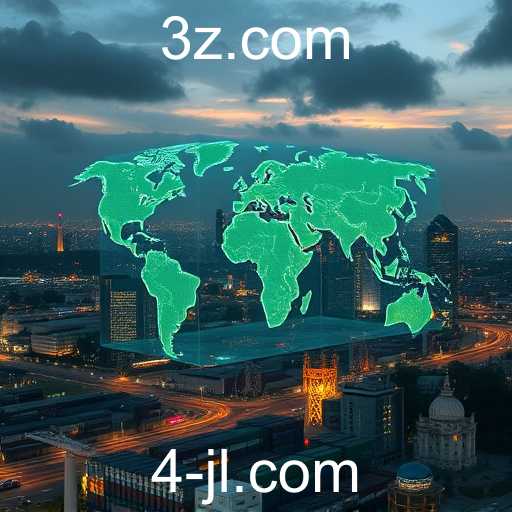In recent years, technological advancements have fundamentally reshaped global economies and international relations, as countries navigate both the benefits and challenges of rapid innovation. With the emergence of artificial intelligence, blockchain, and advanced manufacturing techniques, nations are witnessing a significant transformation in traditional economic systems. This shift not only alters how businesses operate but also influences global trade patterns and labor markets.
As 2025 continues to unfold, the global economy grapples with integration and disruption. Countries like the United States and China are investing heavily in tech infrastructure, fostering both competition and collaboration across digital domains. The race for technological superiority has become a key driver of geopolitical strategies, impacting international alliances and sparking new diplomatic dialogues.
Concurrently, the conversation around climate change remains at the forefront of global discussion. Technological innovation plays a crucial role in developing sustainable solutions, with renewable energy technologies advancing at an unprecedented pace. Countries are leveraging technology to reduce carbon footprints, improve resource efficiency, and transition to greener economies.
Furthermore, the integration of technological trends into climate policies showcases a collaborative effort to combat environmental challenges. However, the disparity between developed and developing nations in accessing these technologies poses significant challenges, which could potentially hamper collective progress.
International forums, from the United Nations to the World Economic Forum, are actively discussing how to bridge these gaps. As nations chart paths toward more sustainable and technologically integrated futures, shared knowledge and equitable technological access remain imperative for mitigating climate impacts.
In conclusion, the interconnection between technology, the global economy, and geopolitical dynamics presents both opportunities and threats. Moving forward, the world must strategize carefully, ensuring that technological progress contributes to shared prosperity and environmental conservation.








